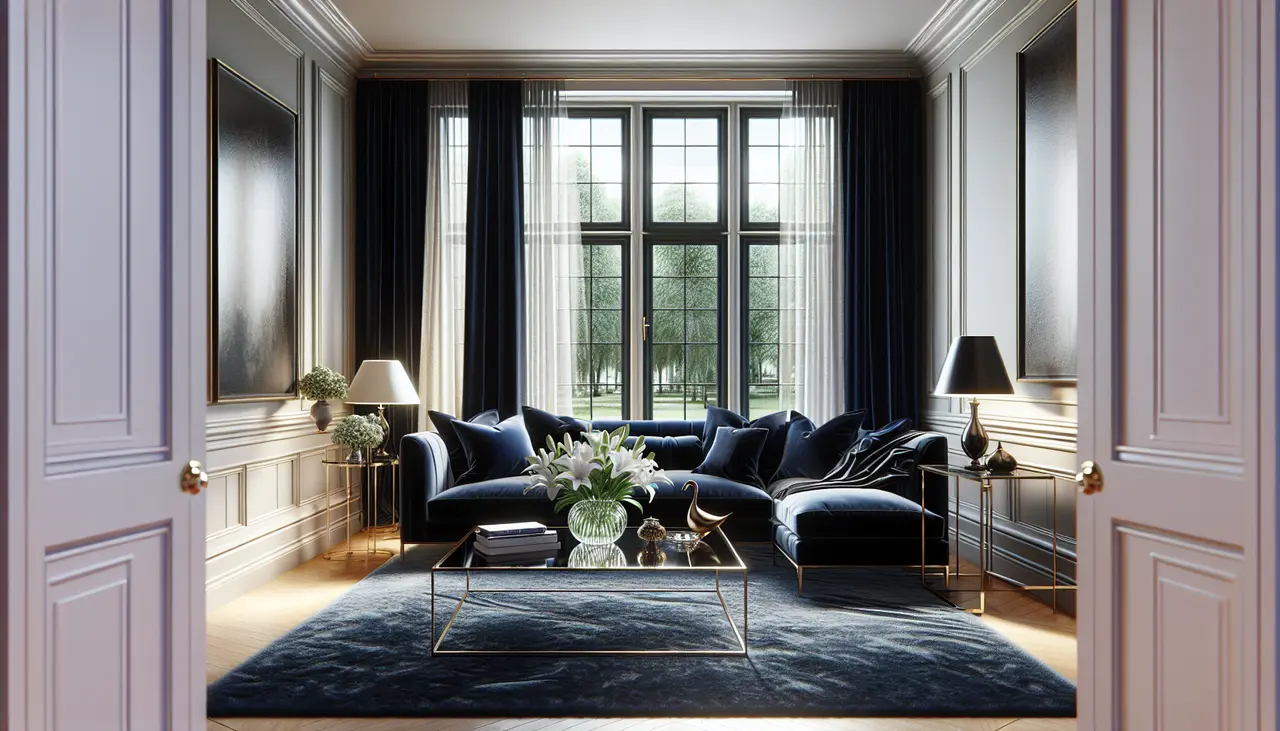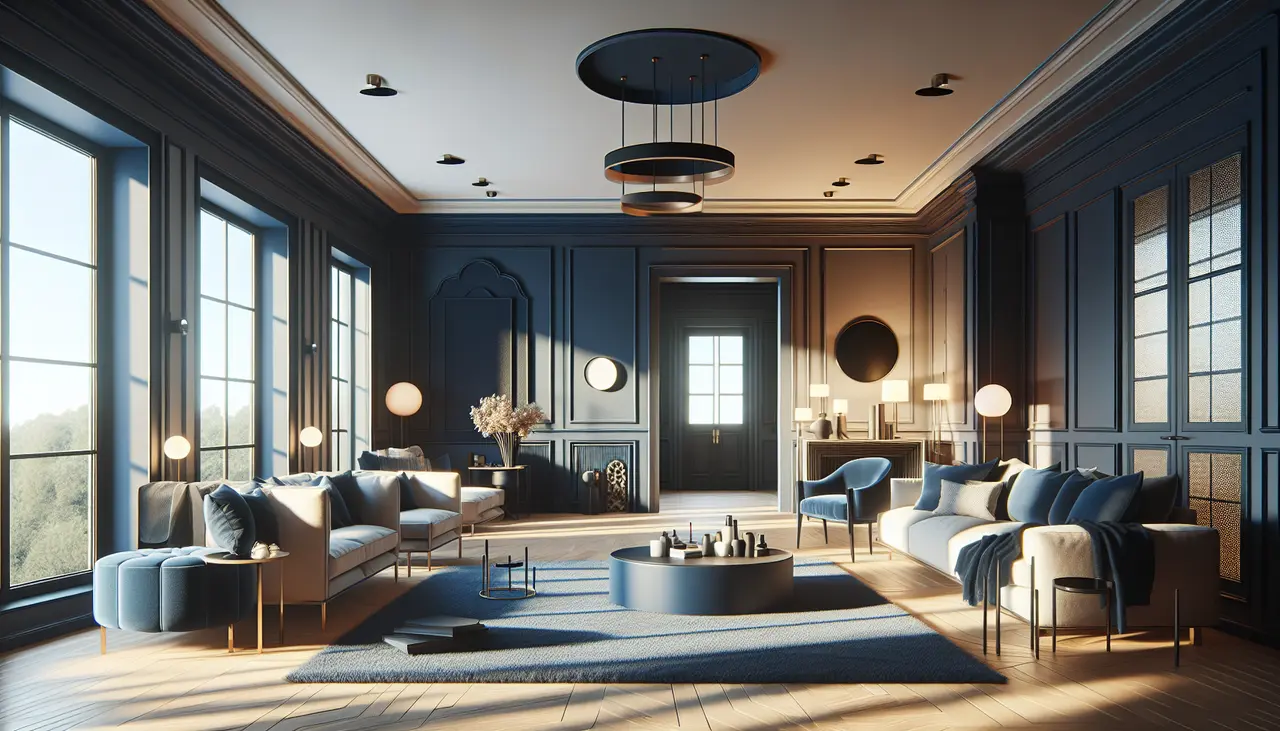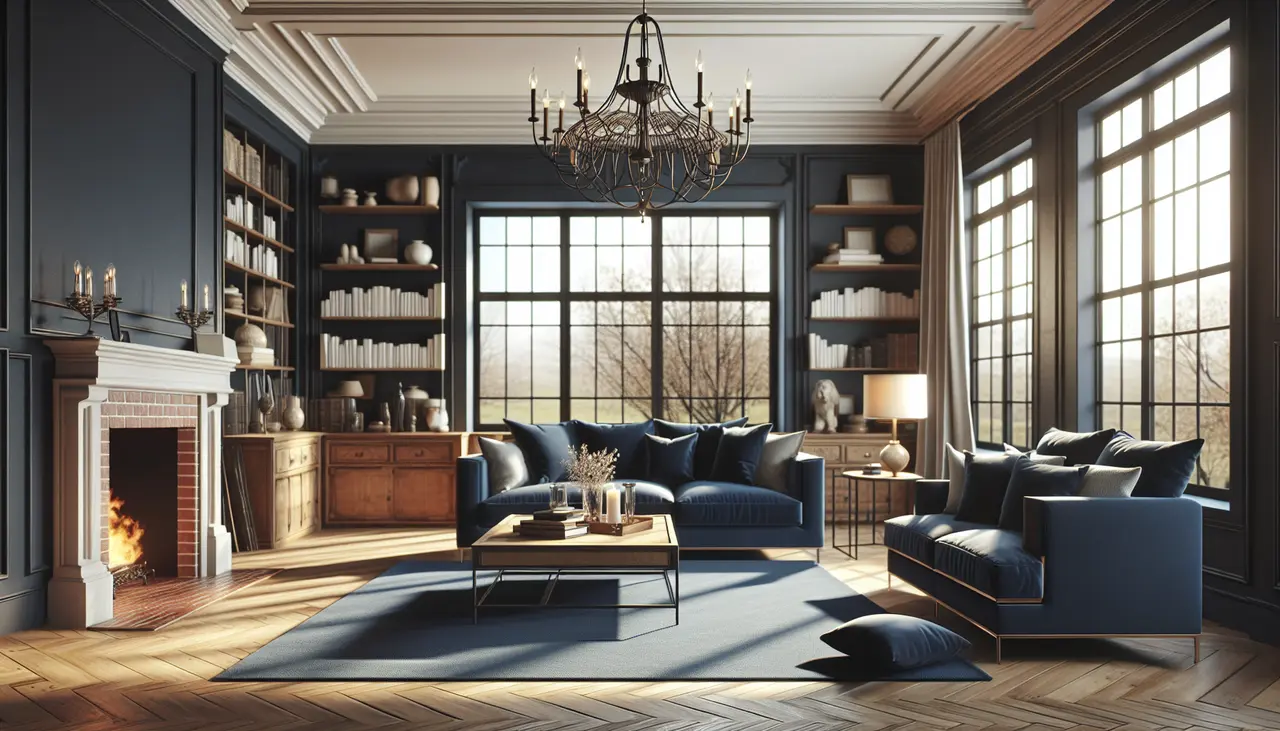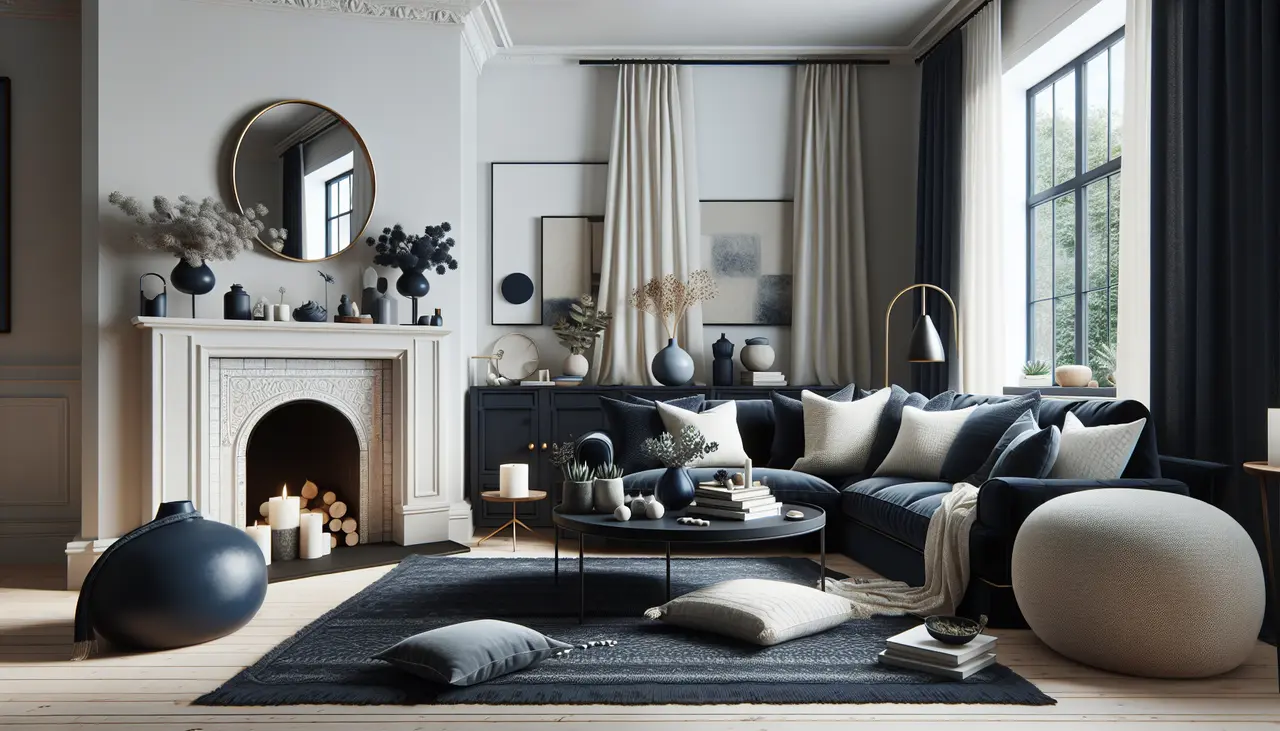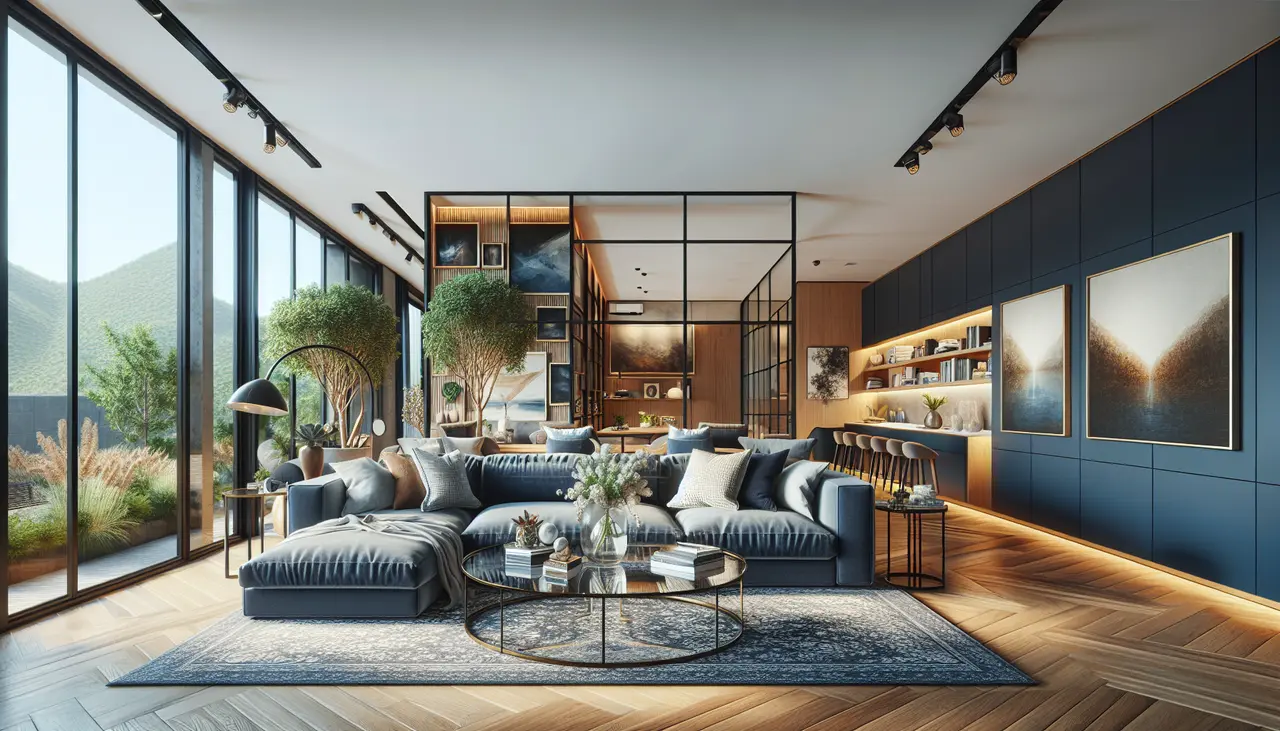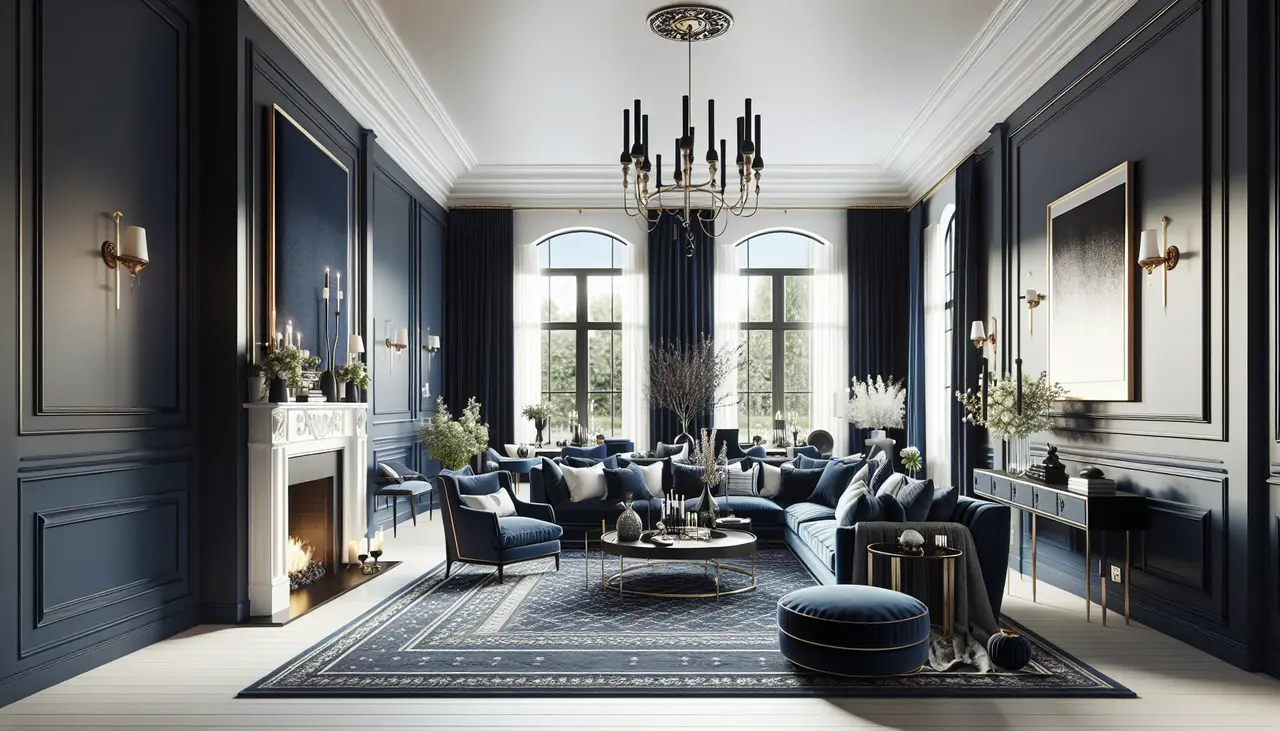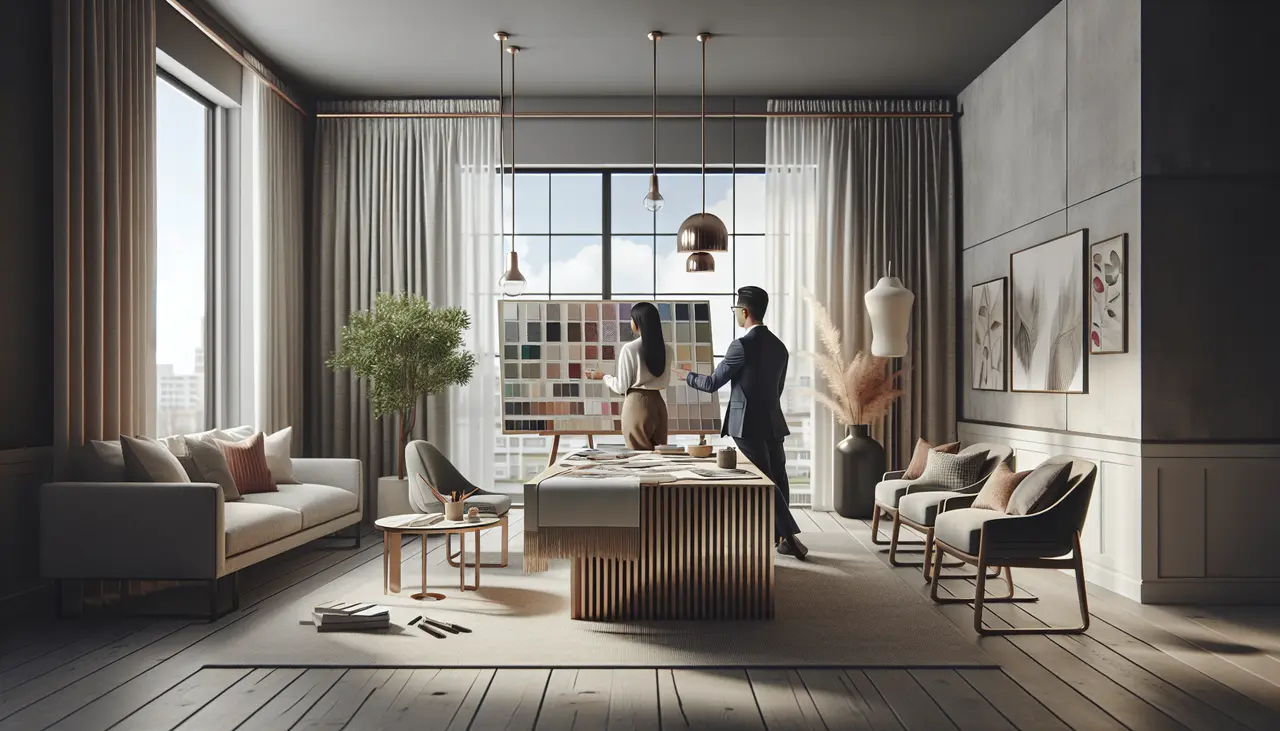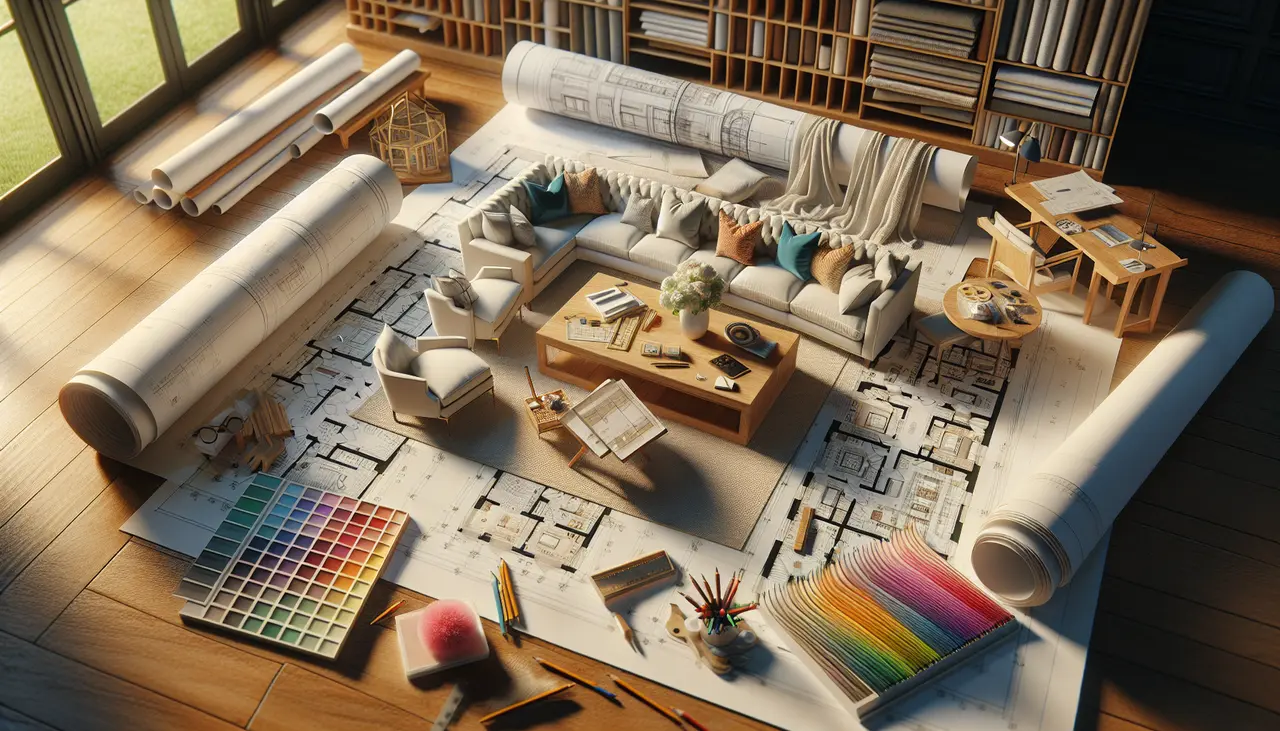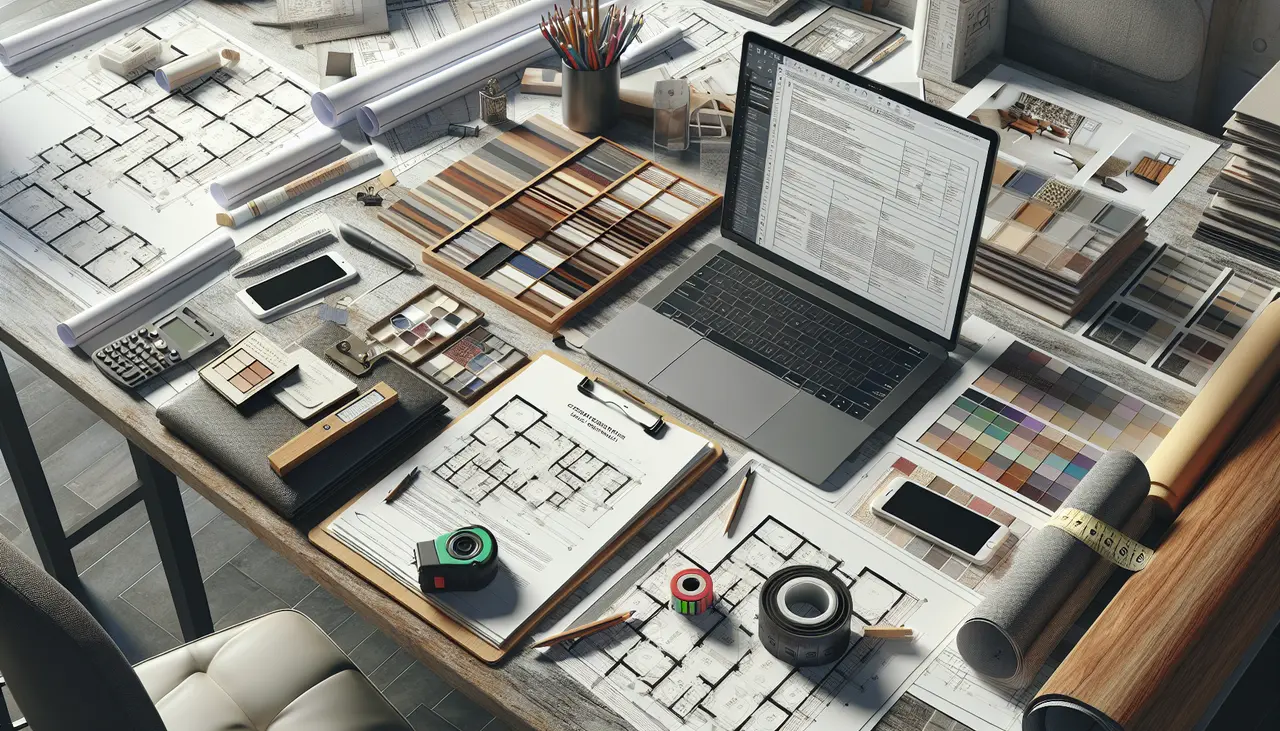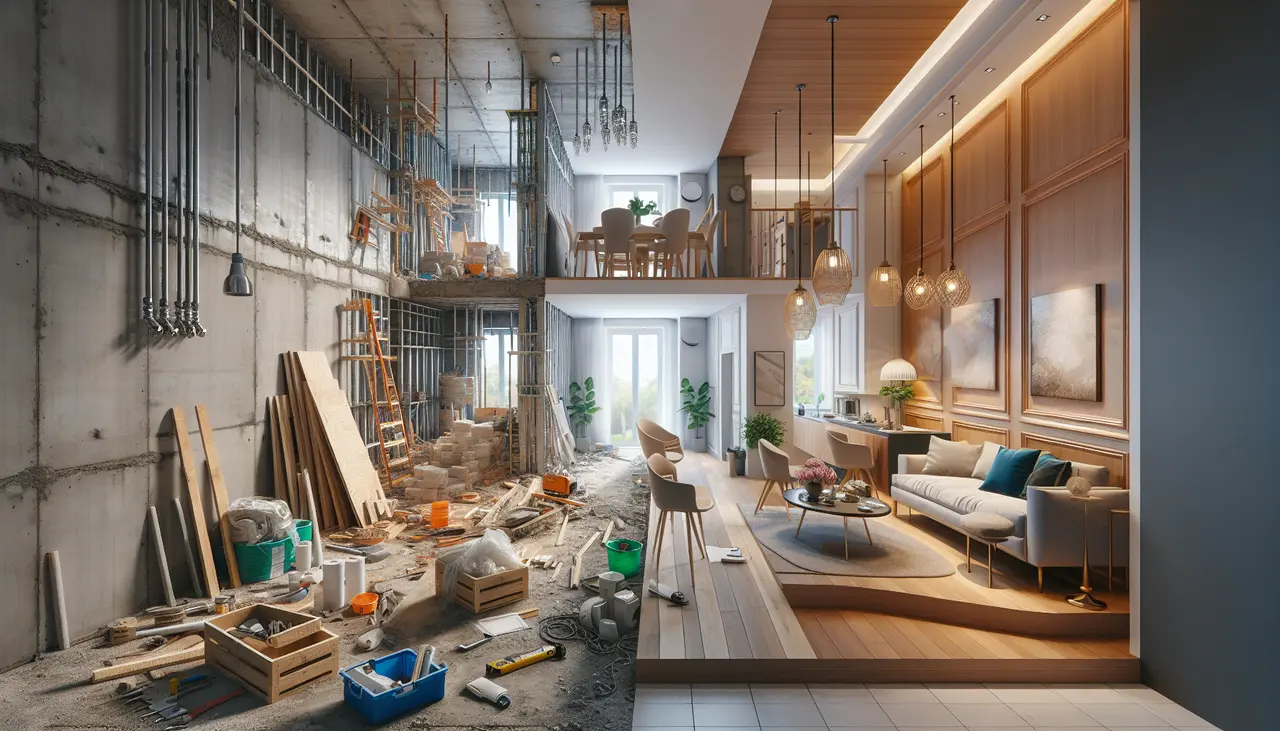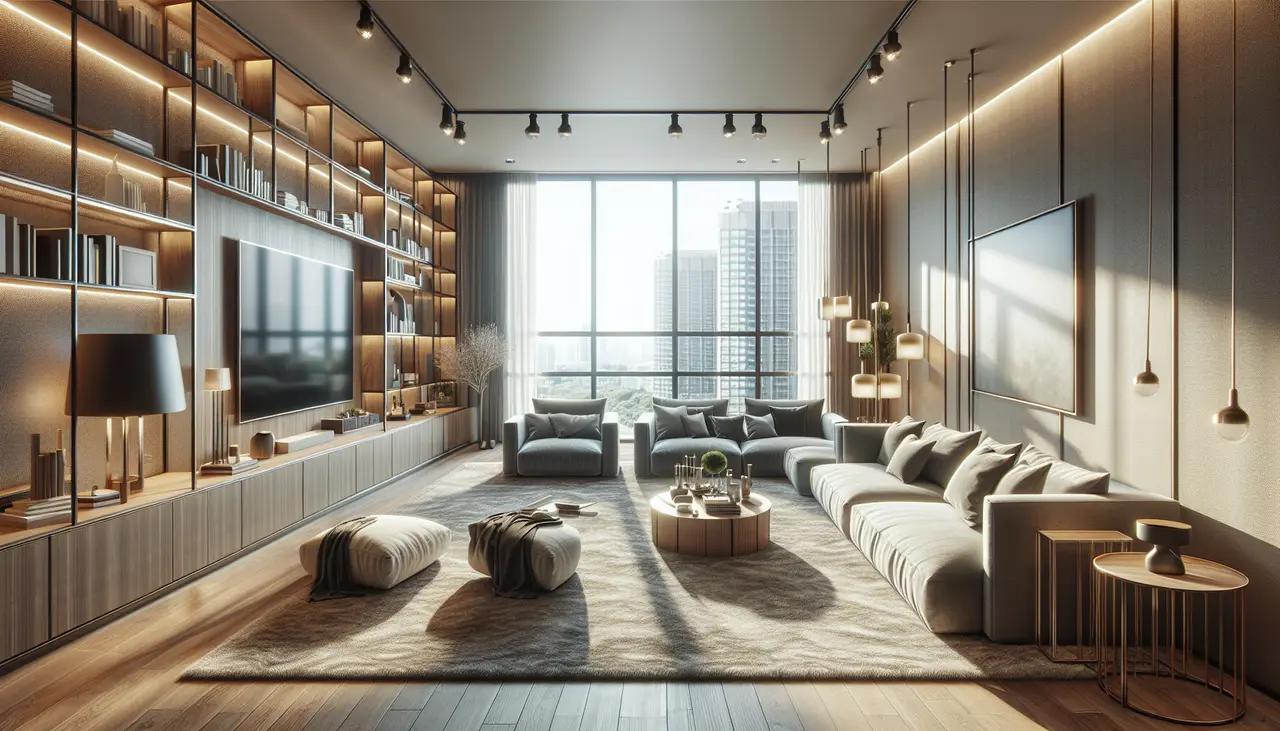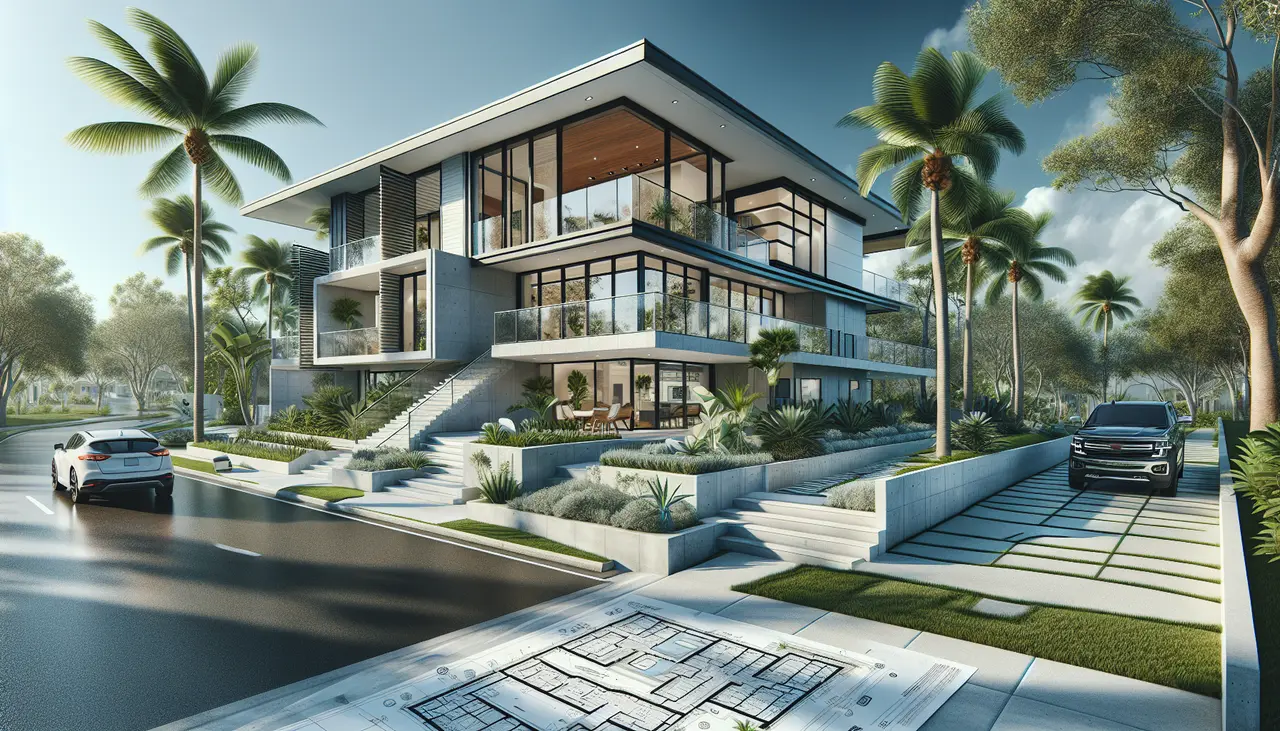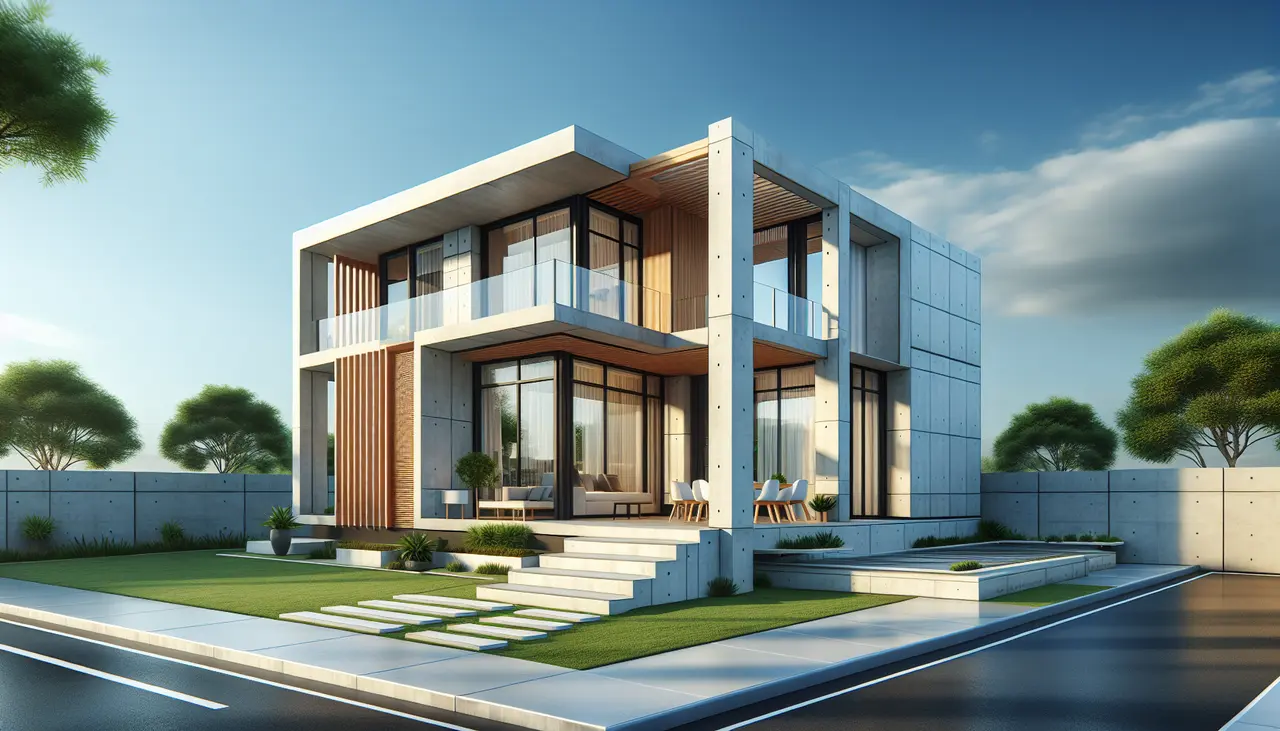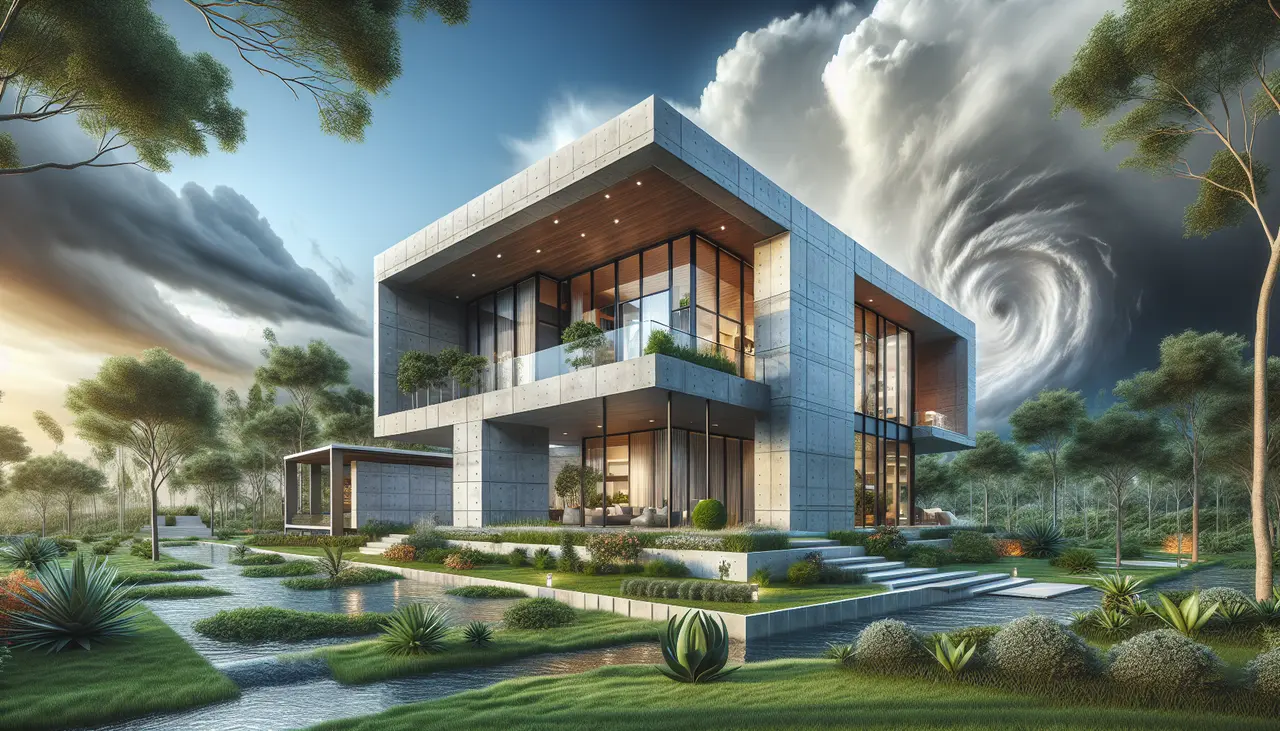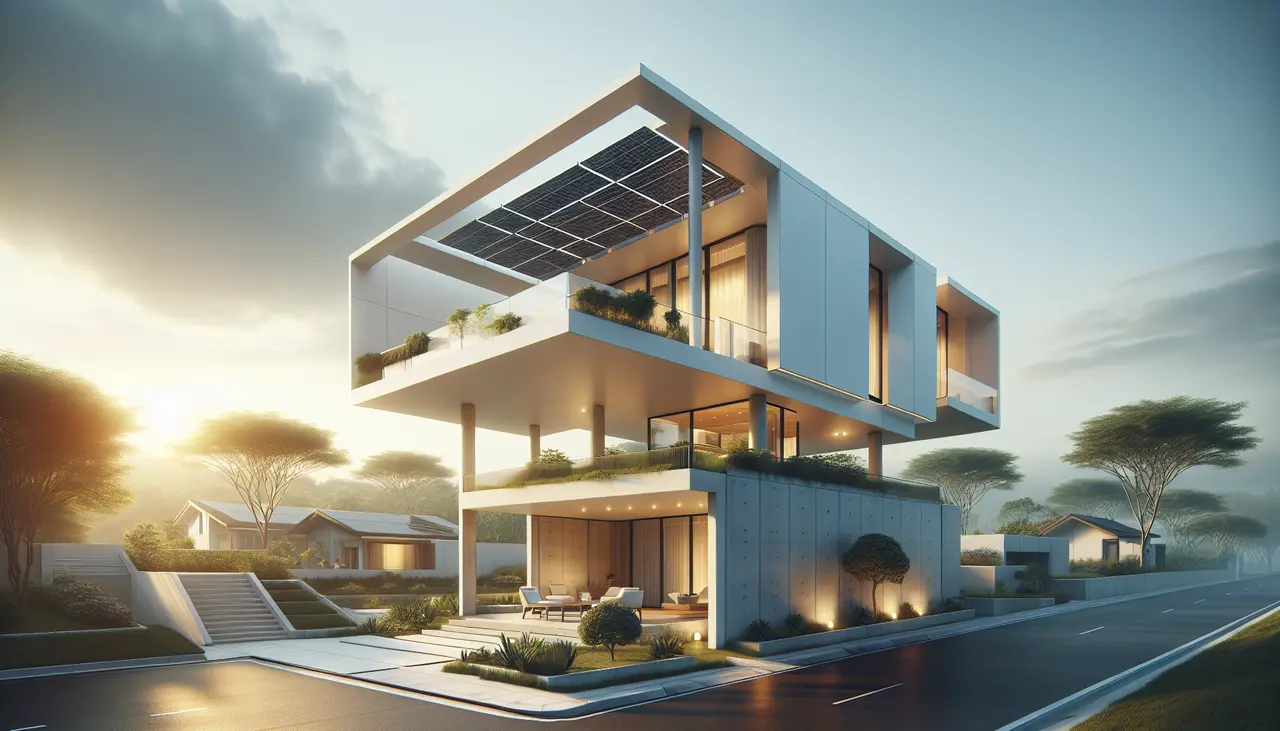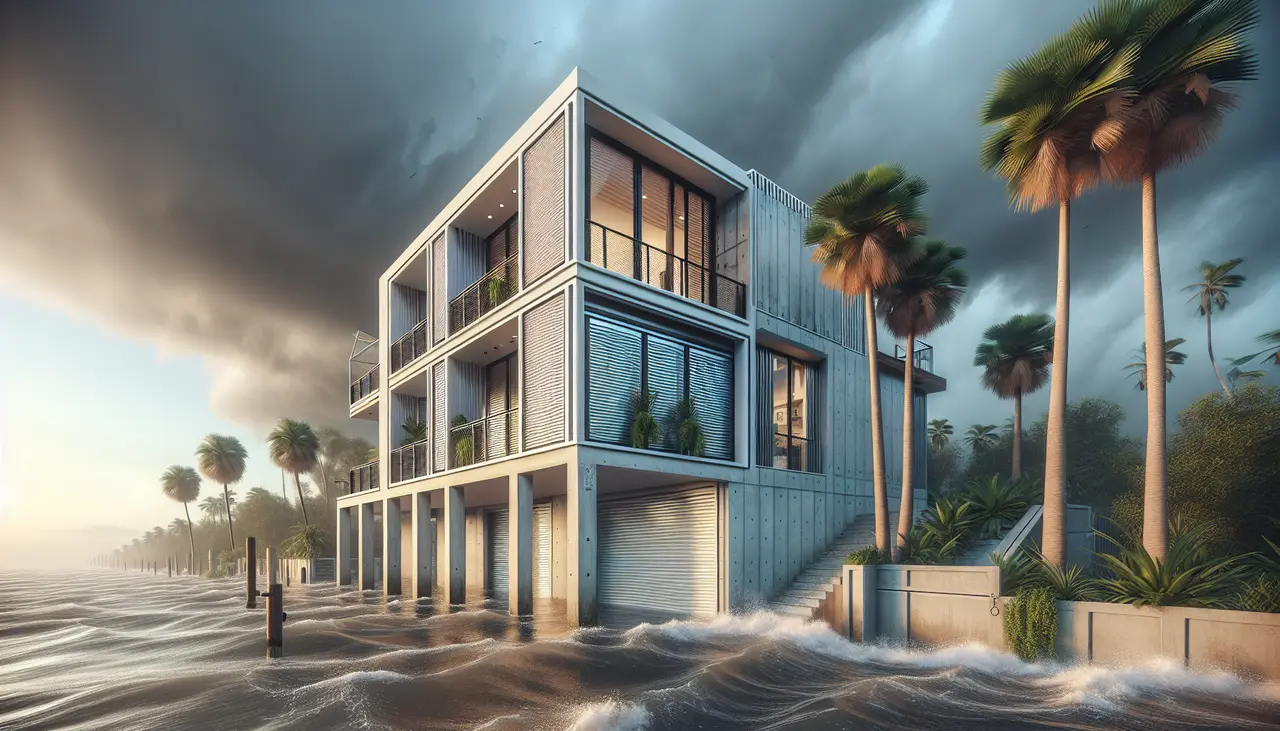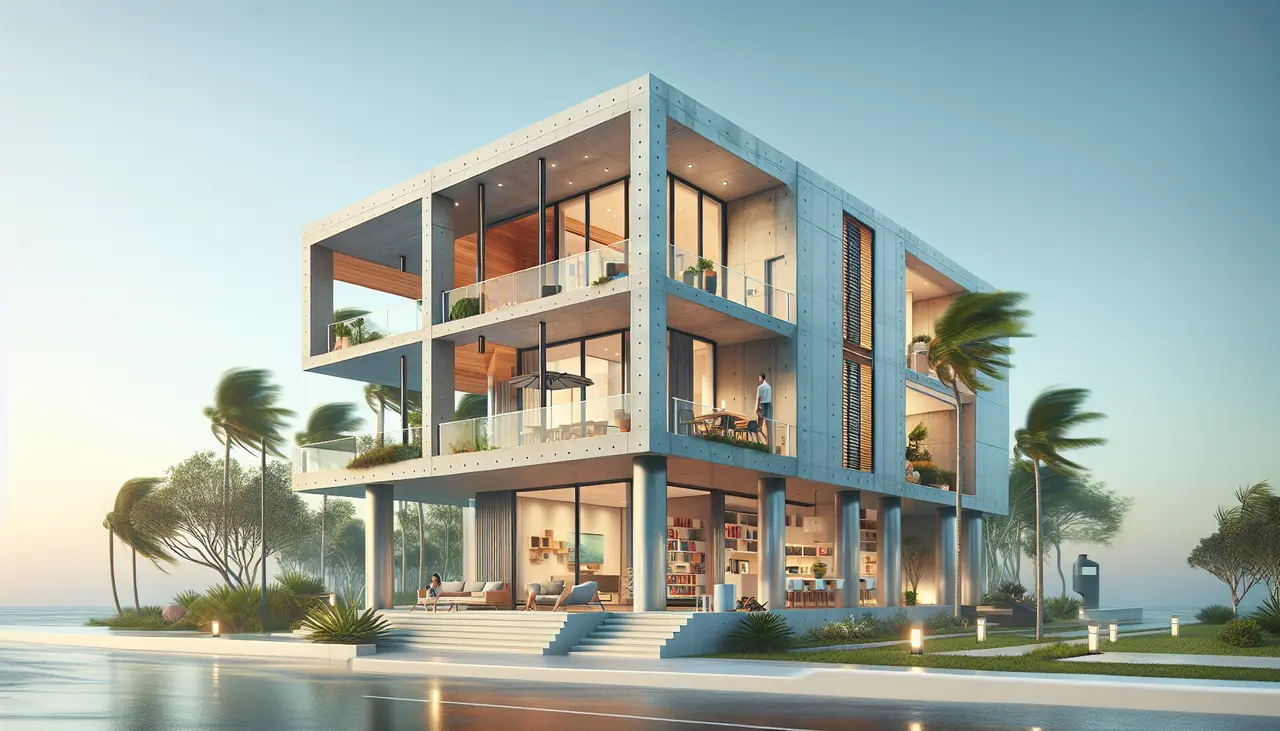
Chesterfield MO Real Estate Values and ROI on Renovations
Thinking about investing in Chesterfield, MO’s real estate and wondering where to start with your renovations? Understanding the potential value increase and return on investment for various renovation projects is crucial. Let’s dive into the real estate landscape and explore how to make the most out of your property.
Understanding the Chesterfield Real Estate Market
Chesterfield, MO, has experienced a fluctuating real estate market, yet it consistently remains an attractive area for families and investors alike. With rising median home sale prices reaching $623K in the past month, the locality is witnessing a substantial appreciation compared to last year. The growth in home values is indicative of Chesterfield’s thriving market, scoring 75 out of 100 on the competitive scale. The city offers a mix of economic stability, excellent schools, and community amenities, which are pivotal drivers for this growth, making it a prime location for real estate investments. Moreover, with a significant percentage of the population boasting higher education degrees, the property demands are high source. This enviable combination of factors paints a vibrant picture for potential homeowners and investors looking for sustainable growth and a solid community foundation.
In Chesterfield, the real estate boom is also supported by its strategic location and the high per capita income relative to the state and national averages. Such a thriving economy not only influences the residential market but also supports the commercial real estate sector. The presence of educated professionals, particularly those working from home, adds to the area’s appeal as a livable, work-friendly environment. For families, Chesterfield offers a perfect blend of suburban tranquility with the perks of an educated neighborhood and access to quality education. This dynamic environment enhances property values, providing investors a promising outlook for their investments.
What Renovations Add the Most Value
When considering renovations in Chesterfield, it’s key to prioritize projects that yield the highest returns. Kitchen and bathroom remodels often top the list, as these spaces significantly impact a home’s value. A minor kitchen remodel, for instance, can offer an ROI of nearly 98.5%, especially when modern appliances and high-quality materials are involved source. Similarly, upgrading outdated bathrooms with mid to upscale renovations yields impressive returns. Potential buyers tend to prioritize these areas, making them focal points for enhancements aimed at boosting property value.
Furthermore, considering HVAC electrification is vital, especially as energy efficiency becomes indispensable for today’s homebuyers. Replacing a traditional furnace with an electrified heat pump not only increases energy efficiency but also offers a remarkable ROI of 103%. This approach not only lessens utility costs but also positions your home as an attractive option for eco-conscious buyers. Roofing, plumbing, and electrical upgrades also play crucial roles in maintaining and increasing home value, making them worthy investments for those intending to sell or enhance their living environment.
Curb Appeal: The First Impression
First impressions count, and when it comes to real estate, curb appeal is indispensable. A well-maintained exterior not only adds immediate charm but can significantly increase the potential market value of a property. For homes in Chesterfield, projects like garage door replacements, with a 103% ROI, are both simple and effective source. Additionally, a fresh coat of paint or new siding can breathe life into your property, making it more enticing for prospective buyers.
Landscaping is another pivotal factor in enhancing curb appeal. A thoughtfully designed and maintained garden can increase a home’s overall value by up to 28%. Incorporating native plants and sustainable landscaping solutions not only boosts appeal but can also reduce water and maintenance costs, further increasing the desirability of your home. Remember, these exterior enhancements can be achieved with creative design and planning that amplifies your home’s unique attributes while ensuring it stands out in the competitive Chesterfield market.
Energy Efficiency Matters
Today’s homebuyers are acutely aware of energy efficiency, and rightly so. Upgrading your home’s energy efficiency is not only environmentally responsible but also economically wise. Enhancing insulation, replacing old windows with energy-efficient ones, and investing in modern appliances can significantly reduce energy consumption and attract eco-conscious buyers. These improvements not only lessen monthly utility bills but also enhance the overall comfort of your home.
It’s important to consider the long-term benefits of such upgrades. Not only do they appeal to potential buyers, but they also contribute to the longevity and sustainability of the home, potentially saving thousands of dollars over time. For instance, installing smart thermostats and energy-efficient lighting not only supports sustainability but also adds a modern touch that resonates with contemporary buyers. A focus on energy efficiency can effectively position your home as forward-thinking and desirable in the real estate market.
Smart Technology Upgrades
Incorporating smart technology into your home opens doors to enhancing not only its value but also its liveability. Home automation systems, smart thermostats, and advanced security features are increasingly in demand among Chesterfield homebuyers. These technologies provide convenience, security, and efficiency, which are valuable selling points. Buyers are inclined to pay a premium for homes equipped with these smart features.
Smart technology integration isn’t just a trend; it’s a shift towards the future of living. As consumers become more tech-savvy, they seek homes that accommodate their digital lifestyles. Thus, upgrading your home’s technology equates to both immediate value and future readiness. These updates not only offer peace of mind but enhance the overall appeal of your home, making it stand out in a competitive market crowded with traditional options.
Budgeting for Renovations
Embarking on renovation projects necessitates careful financial planning to ensure cost-effectiveness. Begin by establishing a clear budget and sticking to it. It’s also critical to prioritize projects based on potential ROI and personal need. Kitchen and bathroom remodels, essential maintenance, and energy upgrades should top your list to ensure maximum returns.
Unexpected costs can derail any renovation project, so it’s advisable to set aside a contingency fund to cover unforeseen expenses. Researching and selecting the right contractors can save money and time, and ensure high-quality work that adds value. To aid planning, use design software to visualize changes and anticipate potential challenges, providing a roadmap for a smoother renovation experience. These steps will not only streamline your project but also maximize your potential returns, ensuring that every dollar spent contributes to a significant improvement in your home’s value.
Get Started Today
Let Rachel Blindauer help you think through your project starting with a complimentary consultation.
Something for Everyone
Rachel’s curated collection of furniture, decor, and kitchen items accessible through Amazon.













